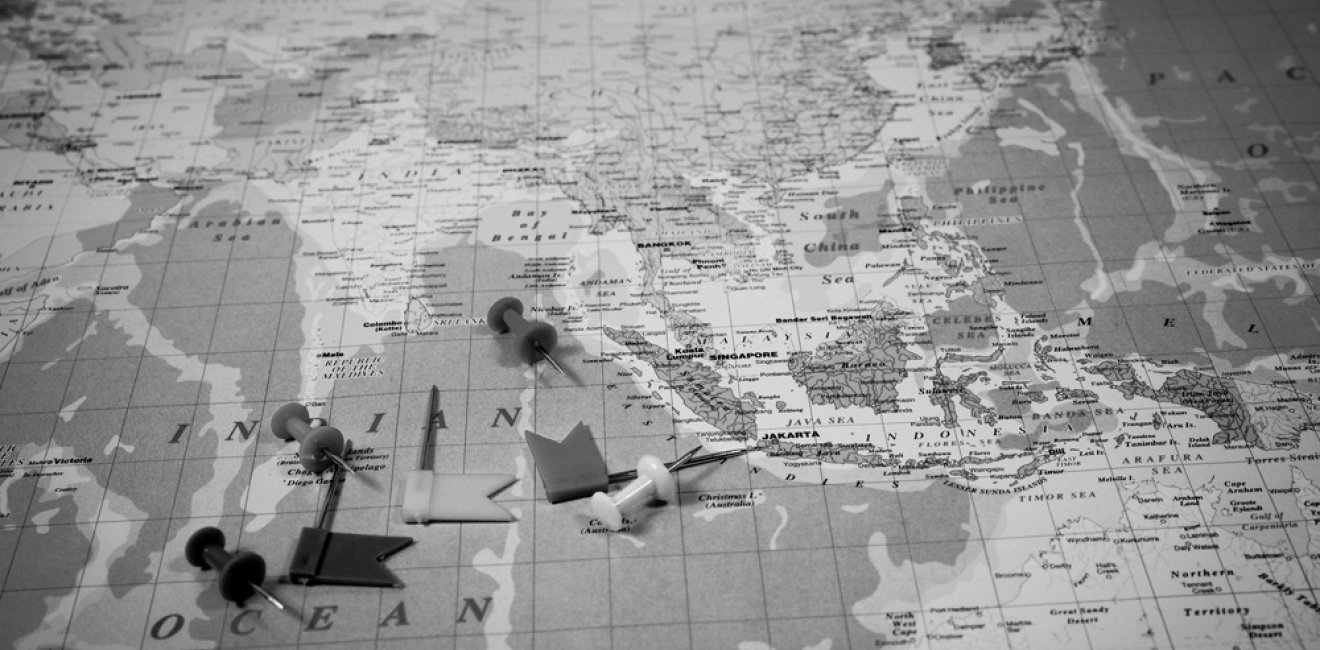
A blog of the Indo-Pacific Program
Much has already been made of the so-called “Quad” mechanism linking Japan, India, Australia, and the United States, which was announced during President Trump’s November 2017 trip to Asia. Some have speculated whether this was the first step toward an Asian NATO, while others have identified some of the mechanism’s inherent weaknesses. For it to be effective, leaders in Tokyo, New Delhi, Canberra, and Washington should be fully aware of the Quad’s potential and its limitations, and focus their initial efforts on areas of cooperation that are politically sustainable for all actors yet still have a significant geopolitical effect. That “geopolitical sweet spot” is Southeast Asia.
While geopolitical alignments in Northeast Asia and South Asia are generally stable, it is Southeast Asia where China and the United States are in most direct and open competition for power, access, and strategic influence. That is why Beijing has devoted such substantial attention and resources to the region, and why the United States (in fits and starts) is doing the same. While the U.S. has been consistent in its messaging to countries in Southeast Asia that they should not be forced to choose between Washington and Beijing, the reality is that the region generally perceives as China ascendant and the U.S. beset by strategic distractions and political mayhem at home.
Most countries in Southeast Asia would prefer to enhance their relationship with the United States if given the chance...
Most countries in Southeast Asia would prefer to enhance their relationship with the United States if given the chance, yet reality is that opportunities for Southeast Asian nations to substantially improve relations with Washington have been limited, and Beijing keeps knocking at the door. They know that China is close and the United States is far away, and some in Southeast Asia are increasingly considering leaning in China’s direction more explicitly in order to sustain positive relations and avoid coercion from an increasingly assertive Beijing.
The United States will need to do more if it seeks to effectively compete in Southeast Asia. This is where the Quad comes in–Japan, Australia, and India each also seek to enhance their engagement with Southeast Asia. The Quad represents an opportunity for these like-minded countries to collaborate on a host of projects and initiatives that they would not be able to accomplish on their own. From security assistance and governance to economic development and infrastructure, Southeast Asia is a terrific opportunity for the Quad to make some initial, substantial progress.
To date, expectations for the Quad have been both too high and too low. Talk of the beginning of a regional security alliance along NATO’s lines was unrealistic–the members of the Quad have substantial disagreements on several key foreign policy issues (such as Iran and Russia), and Canberra is not at all interested in joining an explicitly anti-China coalition. Yet the Quad is more than a talk shop; or at least, it could be. Cooperating in Southeast Asia is a win-win-win-win. Political sensitivities are relatively minor, and the demand signals are relatively high if you listen for them. To get Quad moving in a positive and productive direction, its members should consider tabling discussions of difficult and disruptive subjects and rather focus on some initial, easy diplomatic victories.
Follow Abraham Denmark, director of the Asia Program, on Twitter @AbeDenmark.
The views expressed are the author's alone, and do not represent the views of the U.S. Government or the Wilson Center. Copyright 2018, Asia Program. All rights reserved.
Author


Indo-Pacific Program
The Indo-Pacific Program promotes policy debate and intellectual discussions on US interests in the Asia-Pacific as well as political, economic, security, and social issues relating to the world’s most populous and economically dynamic region. Read more





